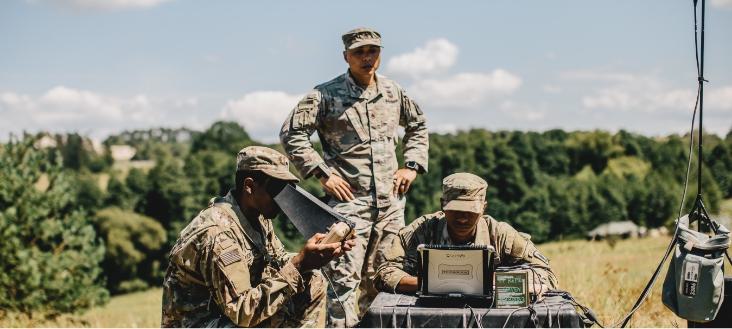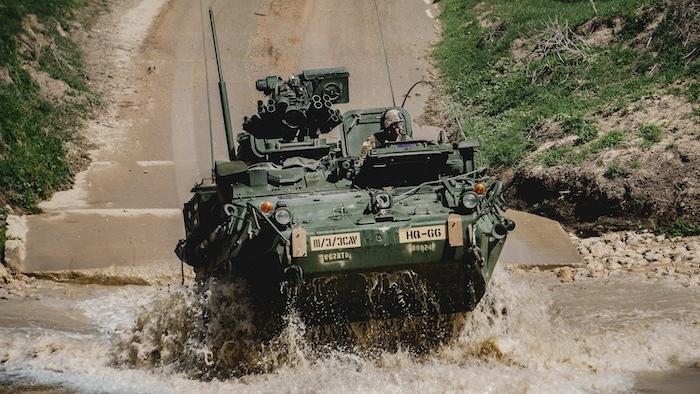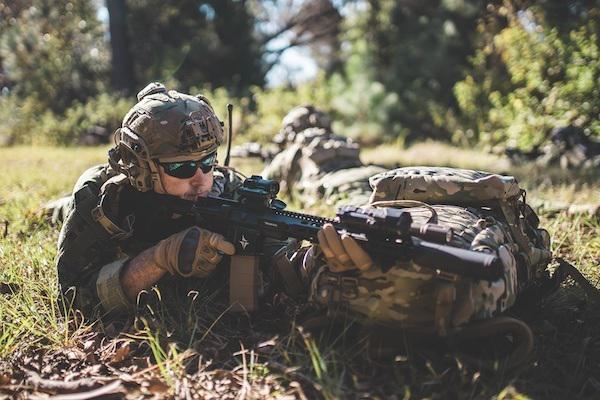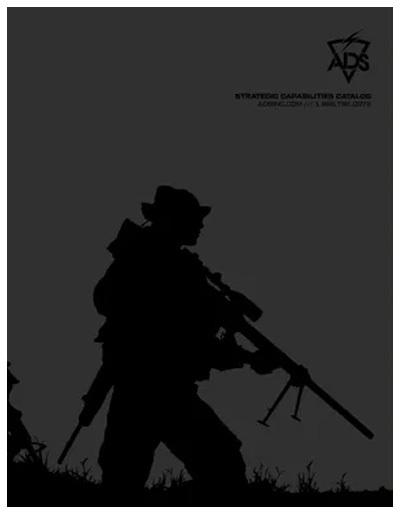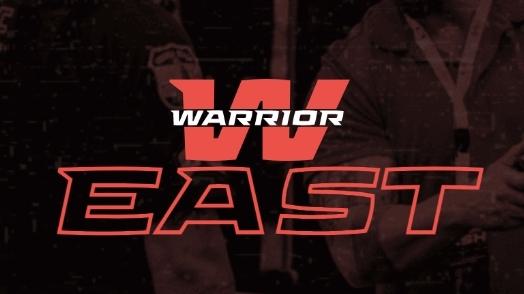
INSIDE MILITARY PROCUREMENT, PART 1: BASICS OF EQUIPMENT PROCUREMENT
INSIDE MILITARY PROCUREMENT, PART 1: THE BASICS OF EQUIPMENT PROCUREMENT
An overview of the processes, challenges, and solutions related to supplying the warfighter
Effective and efficient equipment procurement for an organization as large and complex as the U.S. military is notoriously difficult. Keeping the active duty and reserve military (over two million service members) supplied is a huge challenge.
The needs of the warfighter must be balanced with effective accounting methods and controlled costs, all while mitigating fraud and waste.
The Department of Defense and individual service branches have revised policies to better meet these challenges—though significant issues remain. The military faces accounting gaps and a difficulty projecting demand for supplies. This results in shortages or excess material in different units, and problems with waste and fraud, according to a 2013 report by Reuters.
Additionally, 86 percent of more than 300 current DoD officials and uniformed military officers surveyed “acknowledge that DoD’s logistics challenges are impacting the military’s readiness,” according to the Government Business Council (GBC).
Nevertheless, government planners and the uniformed supply officers (SUPPOS) and logistics specialists responsible for unit readiness have adapted to navigate this system—and defense contractors have stepped in to help meet their needs.
Interviews with several former and current service members involved in army procurement shed some light on issues surrounding the military’s key logistical function: Keeping the warfighter ready to do his or her job.
In this installment of the series, we will look at some of the basic components of the military procurement process, including the primary methods army supply officers and other personnel use to obtain items.

Procurement System Components: The Different Military Procurement Procedures
Army supply officers, likened to the “business managers of the military”, have several different ways of obtaining equipment, each of which has specific procedures.
1. Program Office Items and the Table of Allowances
The service branches and the individual commands within them utilize a Table of Allowances (TOA), also known as a Table of Organic Allowances and several other name variations, to allocate consistently needed or big-ticket items.
Each TOA defines requirements based on reports that assess a unit’s mission and needs. For example, the Navy typically creates a TOA and distributes items based on Required Operational Capabilities and Projected Operation Environment reports (ROC & POE documents). The items on a TOA vary, but they are often required in high volume on a consistent basis or those above a certain dollar threshold. This means they end up being contracted and bought through a centralized program office.
Examples of these consistent, high-volume items include everything from Humvees and helmets to major camp support equipment like tents and generators. The TOA sets a limit on each item for a unit—say, 10 Humvees—and the items are then distributed from a warehousing system through this framework.
It’s important to note that this allotment does not guarantee that number of items. A unit with a TOA of 10 Humvees might be informed that, based on its current structure, mission, and the availability of the equipment, it will initially receive only five vehicles. If the unit needs the balance, it can specifically request the items or sometimes allocate money to purchase them through operational funds.
Equipment purchased in bulk by a program office can be found in the National Stock Number (NSN, also known as the NATO Stock Number) system. This 13-digit code (often with a two-digit suffix) classifies all “standardized material items of supply” recognized by the Department of Defense.
One of the simplest ways to obtain both high volume, program-level equipment as well as ad hoc items is to search the NSN system for “stock-listed” items and order them if they are available. If they are in stock and can be delivered in a timely manner, this is usually the easiest method of supply from an administrative perspective.
2. The Tactical Level: Acquiring lower-volume, ad hoc items
Certain items not defined in a TOA (and some that are) may need to be purchased through other means, usually because they reflect unforeseen or unique tactical needs of a unit.
For example, CamelBak hydration packs may be purchased in mass quantities by the Army and Marine Corps and thus appear on a TOA, but may not be routinely purchased in bulk by a Navy program office. When a Navy unit requires CamelBaks, supply personnel may have to turn to other means to acquire them. Options include:
- Using the Government Purchase Card program
- Acquiring the equipment through the National Stock Number system
- Requesting the development of an ad hoc contract with a vendor or manufacturer
- Leveraging an existing contract with a vendor approved by the Defense Logistics Agency (DLA)
The Government Purchase Card (GPC) program issues credit cards to purchase items, within a set scope. It was designed to increase equipment procurement flexibility by simplifying some of the purchasing requirements for small-ticket items that have a micro-purchase cap of $3,500 per order. Nevertheless, misuse of this system and accounting issues have generated new GPC regulations, which some supply officers assert have subverted the intent of the program.
"The whole idea was … max flexibility; to keep the mission supported, keep things going, and don’t get bogged down. But originally, [users] were charging things and nobody was keeping good records. So now, because of GAO (Government Accountability Office) audits and Congress trying to exert control over the budget, the restrictions on every purchase [create] a tremendous paperwork burden—to the point where it’s not really serving that [flexibility] intent."
In the latter case, the underlying contract is already agreed to with certain vendors, who can then submit bids to fulfill ad hoc orders. Typically, the lowest bidder wins the order.
“I’d much rather it be a [National] Stock Number part [than acquire it through the GPC or other means], which is obviously easier for us to order,” explained a supply officer interviewed by ADS. “But I’d also rather find an existing contract vehicle out there to secure materials [instead of using the GPC or initiating a new contract] because I can do that easily, the paperwork is less, and the audit requirements are a lot less.”
3. The Tailored Logistics Support (TLS) Program Smooths the Procurement Process
One efficient, existing contract vehicle employed by army supply officers and instituted by the Defense Logistics Agency (DLA) is the Tailored Logistics Support (TLS) contract program. Prime vendors within this program are awarded DLA contracts, covering a wide array of items for all branches of the military.
The benefits of working with an approved DLA TLS contractor include:
- Fulfill variety of items through DLA-approved contracts
- Faster delivery of commercial, off-the-shelf items
- Items delivered are always, exactly what the unit chooses
- Through the bidding process, items are often less expensive than initiating a new contract with another specific vendor or manufacturer;
- Experienced contractors can streamline the supply officer’s research process to help him or her find the right, mission-capable item quickly
- Using a DLA contract addresses major compliance requirements, including:
- The Berry Amendment and Buy American Act provides preference for items made in America and a ban on buying certain foreign-made goods
- Financial Improvement and Audit Readiness (FIAR) requirements for DoD to achieve financial statement accuracy in accordance with auditing standards
- The Federal Acquisition Regulation (FAR) and Defense Federal Acquisition Regulation Supplement (DFARS), the main rules in the Federal Acquisition Regulations System.
In the next installment of Inside Military Procurement:
In part two of this series, ADS will examine specific challenges of using traditional military procurement methods. In a subsequent installment, we will also examine more ways that a defense contractor can support supply personnel and quickly get the right equipment into the hands of the warfighter. If you have additional questions about military procurement, or simply need help finding an item or placing an order, contact your knowledgeable ADS Representative at 866.845.3012 or email customercare@adsinc.com or head to our Contact Us page.
SOURCES
- Interview with a U.S. Navy Supply Officer.
- Interview with Warren Dykes, ADS.
- Interview with Brad Smith, ADS.
- Interview with Scott Bryant, ADS.
- Cornillie, Chris. DoD Officials Say the Pentagon's Logistics Challenges Are Threatening Military Readiness. Insights. http://www.govexec.com/insights/pentagons-logistics-challenges-threaten-military-readiness/104631/
- Paltrow, Scot J. “Behind the Pentagon’s doctored ledgers, a running tally of epic waste.” Reuters. https://www.reuters.com/investigates/pentagon/#article/part2
- Cornillie, Chris. “A 360 Degree View of Defense Logistics.”
- Freedburg, Sydney J. “The myth of the $600 hammer.” Government Executive. http://www.govexec.com/federal-news/1998/12/the-myth-of-the-600-hammer/5271/
- Klein, Ezra. “The Pentagon’s $435 hammer.” The Washington Post. https://www.washingtonpost.com/blogs/wonkblog/post/the-pentagons-435-hammer/2011/05/19/AGoGKHMH_blog.html?utm_term=.d4bf7231de18
- “NATO Stock Number.” Wikipedia. https://en.wikipedia.org/wiki/NATO_Stock_Number
- “Improving Compliance with the Berry Amendment and Buy American Act.” Memorandum from the Office of the Under Secretary of Defense, June 20, 2017. https://www.acq.osd.mil/dpap/policy/policyvault/OSD005724-17-DPAP.pdf
- “Financial and Improvement and Audit Readiness (FIAR) Guidance.” Office of the Undersecretary of Defense (Comptroller)/Chief Financial Officer. April 2017. http://comptroller.defense.gov/Portals/45/documents/fiar/FIAR_Guidance.pdf
- Code of Federal Regulations: Title 48 – Federal Acquisition Regulations System. Government Publishing Office. https://www.gpo.gov/fdsys/pkg/CFR-2016-title48-vol1/xml/CFR-2016-title48-vol1-sec1-101.xml
- “DFARS – DEFENSE FEDERAL ACQUISITION REGULATION SUPPLEMENT.” Defense Contract Audit Agency. http://www.dcaa.mil/home/dfars
Contact
We are committed to consistently providing every customer with Legendary Customer Service. We take pride in delivering on these promises. Email us, give us a call, or fill out the form below and we’ll get back to you within one business day.


